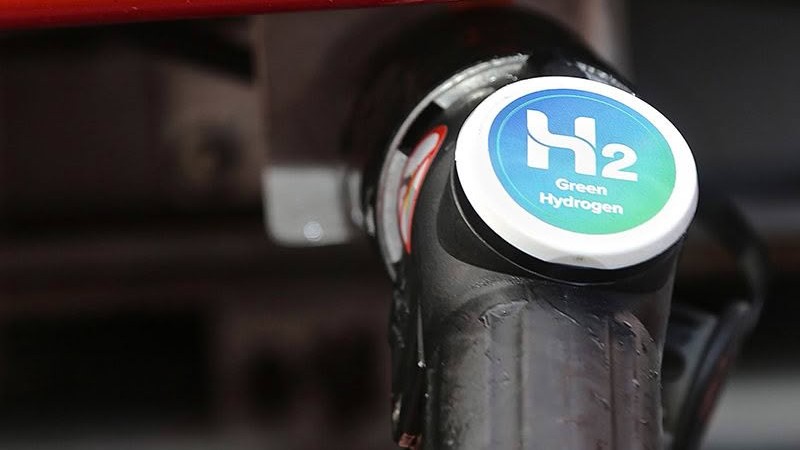The Hydrogen Experience

With the opening of Hiringa’s Hydrogen refuelling network, here’s what drivers should know about hydrogen refuelling.
Operating a hydrogen truck is comparable to a diesel equivalent, especially when it comes to refuelling. But there are some subtle differences.
Hiringa Energy’s HSEQ manager Emily Hilton talks through two notable aspects that drivers should know about: the refuelling process and the approach to safety.
Refuelling
Refuelling a hydrogen truck is designed to be fast – around 15 minutes from empty – so you can get back on the road quickly.
Refuelling stations are uncrewed, with digital point of sale (POS) terminals on the dispenser.
All drivers need to do is connect the nozzle to the truck, wave a card over the paywave terminal and press a button to activate the pump. The process stops automatically when the vehicle is full. It’s effectively refuelling as you know it.
Although simple, the subtle differences in process and equipment from refuelling with diesel mean that drivers are required to undergo some simple training before refuelling with hydrogen. This involves watching a basic four-minute video and completing a driver training registration form.
At many overseas hydrogen refuelling stations, the refuelling time increases between each back-to-back fill. However, the Hiringa system has been specially engineered to maintain pressure for fast back-to-back-to-back fills, so you’re waiting no longer than you would at a diesel stop.
Safety
In the same way that thousands of people around New Zealand fill their vehicles with liquid fuel every day without thinking twice about it, refuelling a hydrogen truck is an unremarkable event.
As you’d expect, Hiringa refuelling stations adhere to the highest standards of safety, from the production of green hydrogen to the compression, storage and vehicle refuelling equipment.
From the very outset, Hiringa has been committed to not only meeting, but exceeding safety standards in all aspects.
- The equipment is designed and certified to international hydrogen and pressure equipment standards.
- Independent experts have modelled and approved the safety profile of equipment, even after it’s been certified.
- Third parties have carried out risk assessments that have been peer-reviewed and accepted as extensive.
- Hiringa’s overall approach to health, safety, environment and quality processes has been voluntarily audited, and all recommendations have been addressed and signed off by the auditor.
In this day and age, regulators and certifiers have zero tolerance for signing off on technology that presents an unacceptable level of safety risk to the public.
There are more than a few myths regarding hydrogen safety going around, but these myths have been busted or addressed over time through advances in technology, sharing lessons learned in industry and applying a thorough risk management approach.






